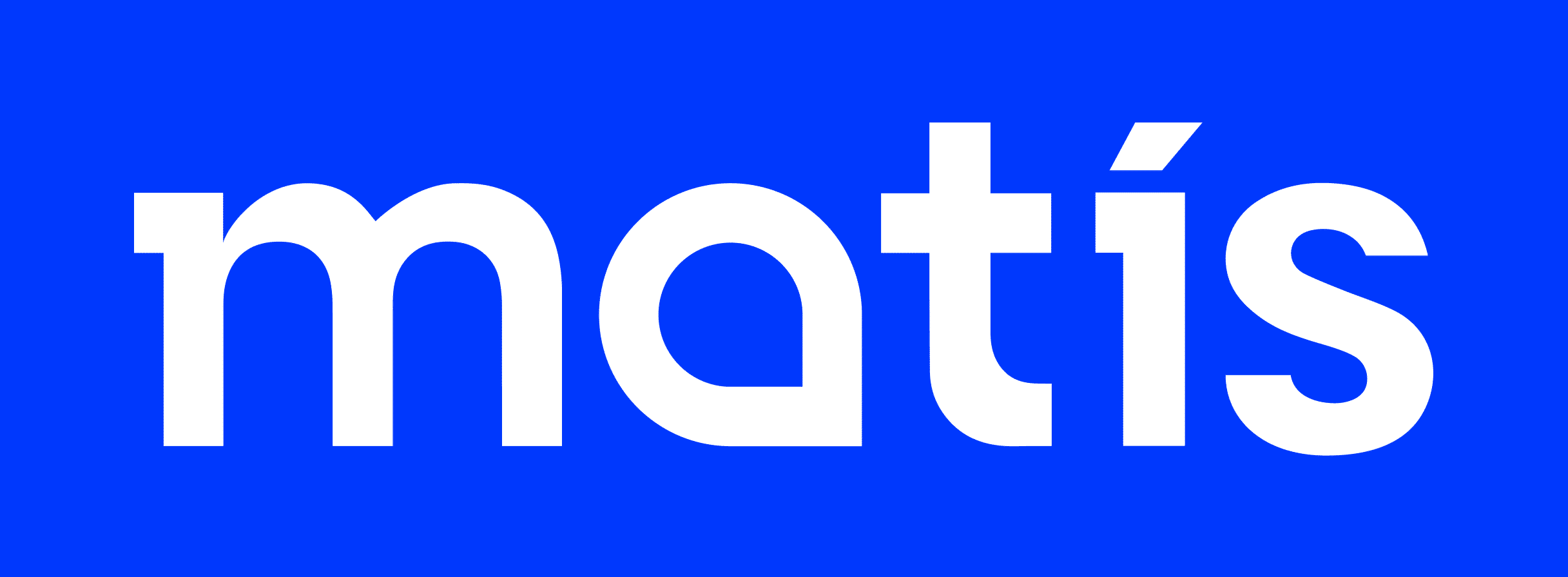Mengunarvöktun í lífríki sjávar við Ísland 2008 og 2009 / Monitoring of the marine biosphere around Iceland 2008 and 2009
Í þessari skýrslu eru birtar niðurstöður árlegs vöktunarverkefnis sem styrkt er af Umhverfisráðuneytinu og Sjávarútvegs- og landbúnaðarráðuneytinu. Markmið með þessari vöktun er að uppfylla skuldbindingar Íslands varðandi Oslóar- og Parísarsamninginn (OSPAR), auk AMAP (Artic Monitoring Assessment Program). Gögnin hafa verið send í gagnabanka Alþjóðahafrannsóknarráðsins (ICES). Hafrannsóknastofnun sér um að afla sýna og Matís hefur umsjón með undirbúningi sýna og mælingum á snefilefnum í lífríki hafsins. Sýnin eru mæld á Matís og á Rannsóknastofu í lyfja- og eiturefnafræði. Mæld voru ýmis ólífræn snefilefni og klórlífræn efni í þorski veiddum í árlegu vorralli Hafró í mars 2009 og í kræklingi sem safnað var á 11 stöðum í kringum landið í ágúst/sept 2008. Vöktun í lífríki sjávar við Ísland hófst 1989 og er gögnum safnað saman í gagnagrunn. Í skýrslunni eru birtar yfirlitsmyndir fyrir sum efnanna sem fylgst er með. Kadmín er svæðisbundið hærra í íslenskum kræklingi samanborið við krækling frá öðrum löndum. Litlar breytingar eru á milli ára í styrk ólífrænna og lífrænna efna en þörf er á ítarlegri tölfræðigreiningu á gögnunum til að hægt sé að meta með vísindalegum aðferðum aukningu eða minnkun mengandi efna í lífríki sjávar hér við land.
This report contains results of the annual monitoring of the biosphere around Iceland in 2008 and 2009. The project, overseen by the Environmental and Food Agency of Iceland, is to fulfill the OSPAR (Oslo and Paris agreement) and AMAP (Arctic Monitoring Assessment Program) agreements. The project was funded by Ministry for the Environment and Ministry of Fisheries and Agriculture. The data has been submitted to the ICES databank (ices.dk), collection of data began in 1989. Matís ohf is the coordinator for marine biota monitoring and is responsible for methods relating to sampling, preparation and analysis of samples. The samples were analyzed at Matís and at the Department of Pharmacology and Toxicology at the University of Iceland. Trace metals and organochlorines were analyzed in cod (Gadus morhua) caught in March 2009 and in blue mussel (Mytilus edulis) collected in August/Sept 2008. Marine monitoring began in Iceland 1989. Cadmium is higher in some locations in Iceland compared to other countries. No significant changes were observed in the concentration of organic or inorganic pollutants investigated. However, a thorough statistical evaluation has to be carried out on the available data to analyze spatial and temporal trends of pollutants in the Icelandic marine biosphere.

